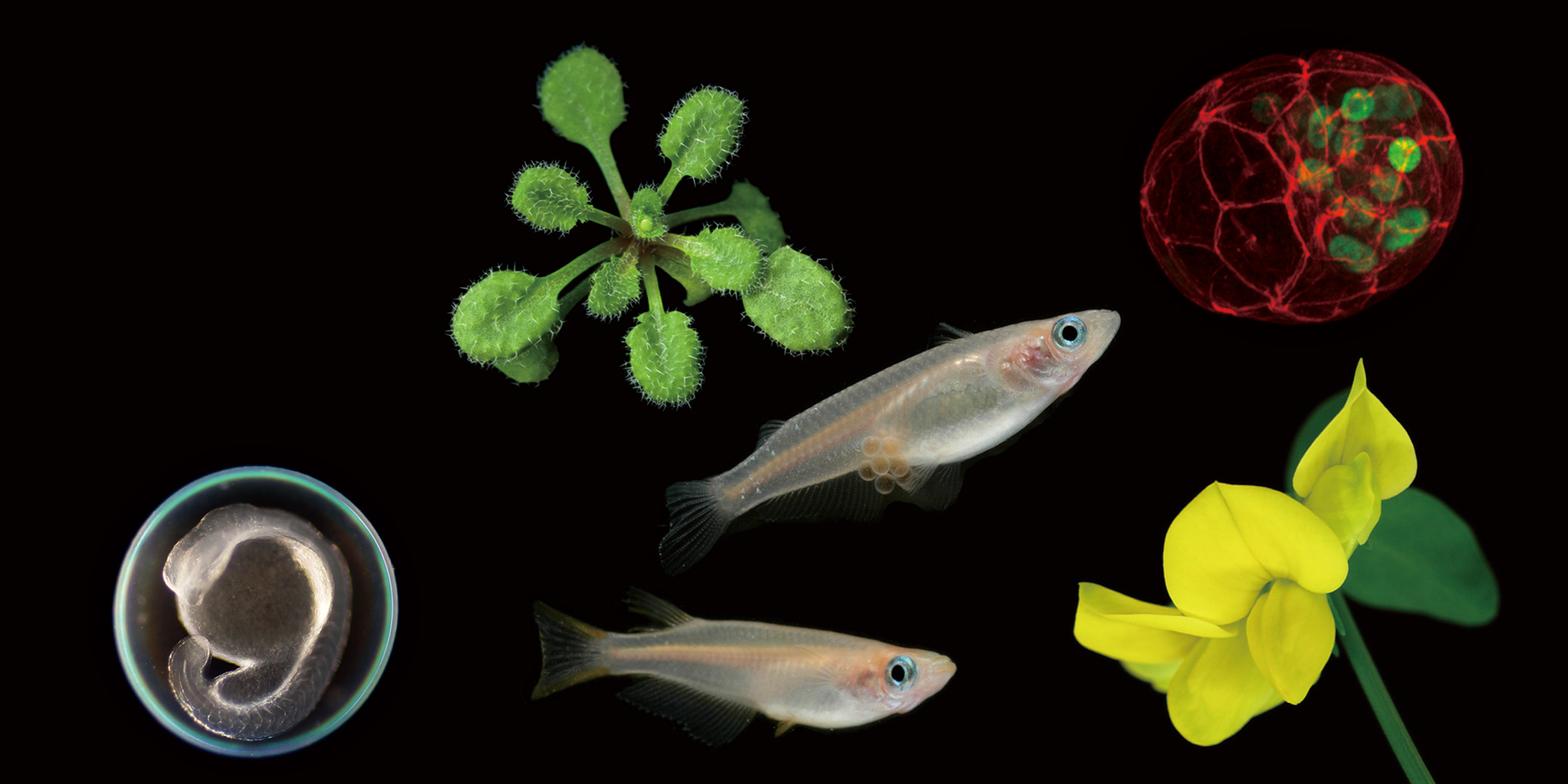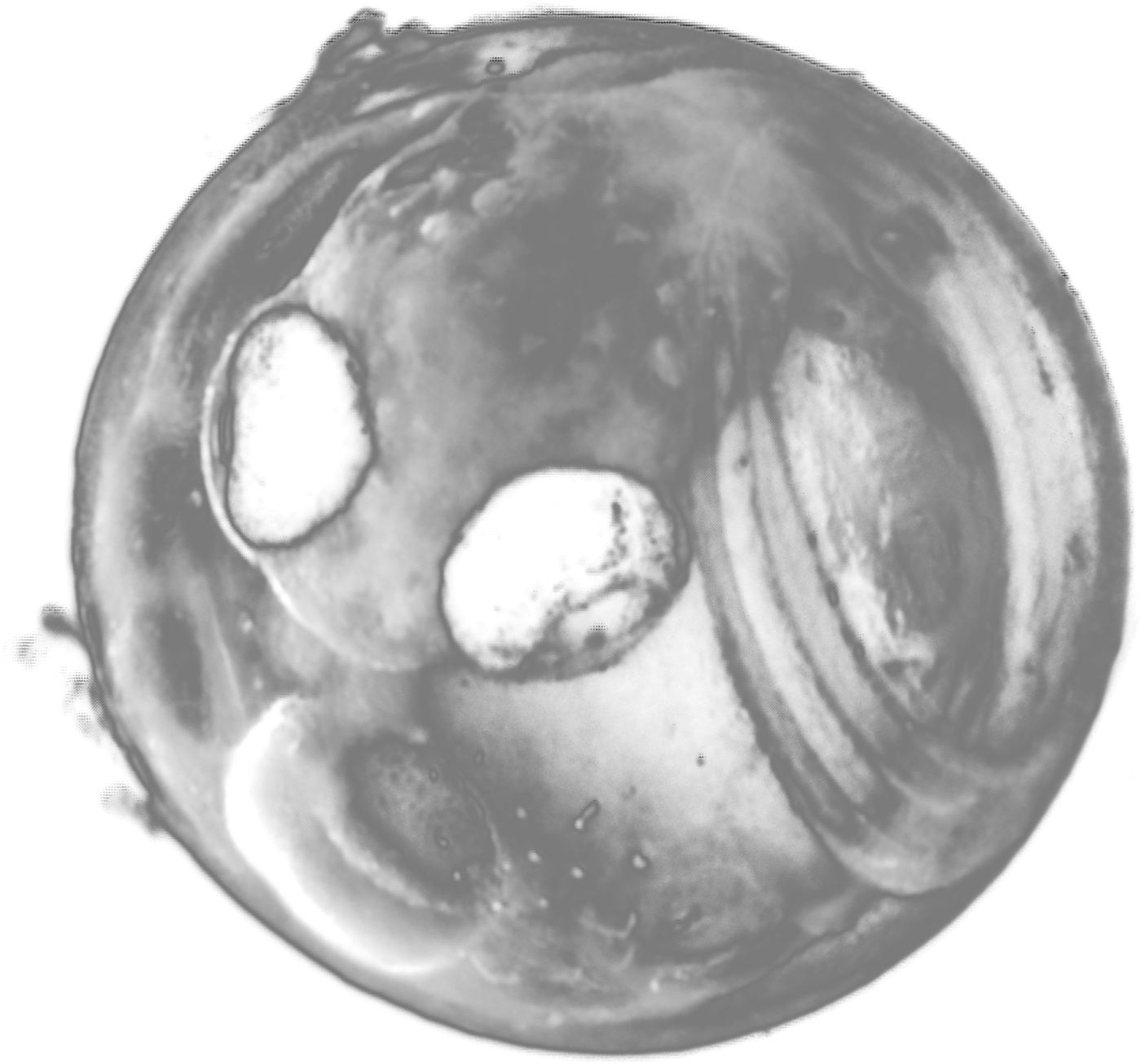2012.10.01 部門公開セミナー
WHICH ESTROGEN RECEPTOR (ESR1; ERα OR ESR2; ERβ) IS INVOLVED IN SEX DETERMINATION AND GONADAL DIFFERENTIATION?
Dr. Satomi Kohno (Department of Obstetrics and Gynecology, Medical University of South Carolina, Charleston, SC, USA, and Marine Biomedicine and Environmental Science Center, Hollings Marine Laboratory, Charleston, SC, USA)
2012年10月01日(月) 16:00 より 17:30 まで
岡崎統合バイオサイエンスセンター 共通セミナー室(山手3号館2階西)
環境生物学領域 分子環境生物学研究部門 井口 泰泉 (5235)
All crocodilians and most turtles exhibit temperature-dependent sex determination (TSD) where the temperature of egg incubation determines sex during a thermo-sensitive period (TSP). Estrogens play a critical role in sex determination in crocodilians and turtles, as it likely does in most non-mammalian vertebrates. Indeed, administration of an estrogen during TSP overrides a male-producing temperature. Embryonic exposure to estrogenic compounds can alter sex, but does it also lead to other health consequences as it does in mammals? Sensitivity to temperature and exogenous chemicals during TSP could be a powerful model to investigate the impact of estrogenic EDCs as well as climate change. It isn’t clear how estrogens or EDCs override TSD. Most vertebrates have two types of nuclear estrogen receptors, ESR1 (ERα) and ESR2 (ERβ). In turtles, localization and timing of ESR expression suggested that both might work during sex determination and gonadal differentiation, respectively. However, there is no direct evidence which receptor is involved or if both are.
We identified specific pharmaceutical agonists of each ESR cloned from the American alligator by using an in vitro trans-activation assay employing each receptor. PPT (4,4',4''-(4-Propyl-[1H]-pyrazole-1,3,5-triyl)trisphenol) and WAY (7-Bromo-2-(4-hydroxyphenyl)-1,3-benzoxazol-5-ol) were highly specific to alligator ESR1 and ESR2, respectively. We “painted” E2 (estradiol-17β), PPT or WAY onto alligator eggs at the TSP and examined sex-reversal at the male-producing temperature. E2 and PPT induced sex-reversal, whereas WAY didn’t sex-reverse embryos nor did it induce oviducal hyperplasia as seen with PPT. PPT-exposed embryos exhibited hyperplasia and advanced differentiation of the Mullerian duct, not seen in E2- or WAY-exposed embryos. These results indicate that ESR1 could be a principal estrogen receptor for the sex determination, and the balance of estrogen signals through both ESRs would be a key for Mullerian duct differentiation in alligators.
※セミナーは日本語で行われます。







